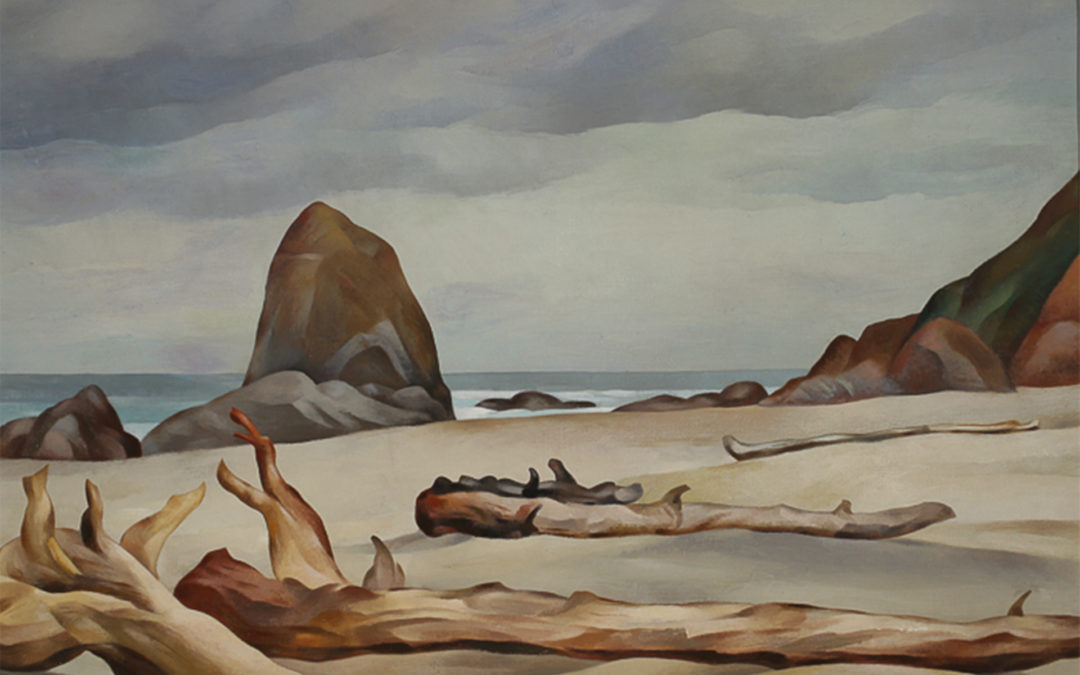For decades, the art world has attempted to place barriers between stylistic variations in an artist’s production. “Realism” has been denigrated in favor of “Abstraction” with the idea that it is somehow more valid or relevant to whatever decade it happened to be created in. On the other hand, abstraction has also been misunderstood and dismissed by some factions as void of technique and arbitrary in content.
The fact is that all art is abstract even when it appears to represent something that is recognizable at first glance.
An artist might desire to portray a personal or emotional feeling associated with a particular life’s experience rather than a literal or obvious representation. This can be attained by the use of symbols, color relationships and other expressive forms, creating their own specific visual language. This approach is evident in some of the works on display by Matsudaira, Tobey and Tomkins.
Northwest Studio Ceramics at Mid-Century
Before the Northwest became the center for glass arts in America, the region was known for an outstanding number of innovative and successful studio ceramists.
Several universities in the Northwest created departments that encouraged the craft as a fine art medium. At the University of Oregon, Victorian Avakian Ross (1894-1975) was the first head of the ceramics department having joined the faculty in 1920. She was an influential force in the development of numerous ceramic artists on the West coast. The University of Washington also had several instructors that were among the finest ceramists in the world. In 1946 Paul Bonifas ((1893-1967), the Swiss artist whose associations with Amadee Ozenfant (1886-1966) and Le Corbusier (1887-1965) brought an important level of international sophistication to the region’s ceramic aesthetic. Robert Sperry (1927-1998), one of the most important ceramic artists in the region came under the guidance of Peter Voulkos in 1954 at Montana’s Archie Bray Foundation. The following year he began his influential teaching career at the UW until his retirement in 1982.
Important craft organizations were formed in Seattle including the Clay Club in 1948 and the Northwest Designer Craftsmen in 1954. The Clay Club promoted ceramic art through members such as Virginia Weisel (b. 1923), Lucille Nutt (1908-1996), Lorene Spencer (Born 1923), Robert Shields (1917-2012) and many others.
With this initial exhibition, Cascadia Art Museum is aiming to be a center for the exhibition, collecting and promotion of Northwest Studio Ceramics.


